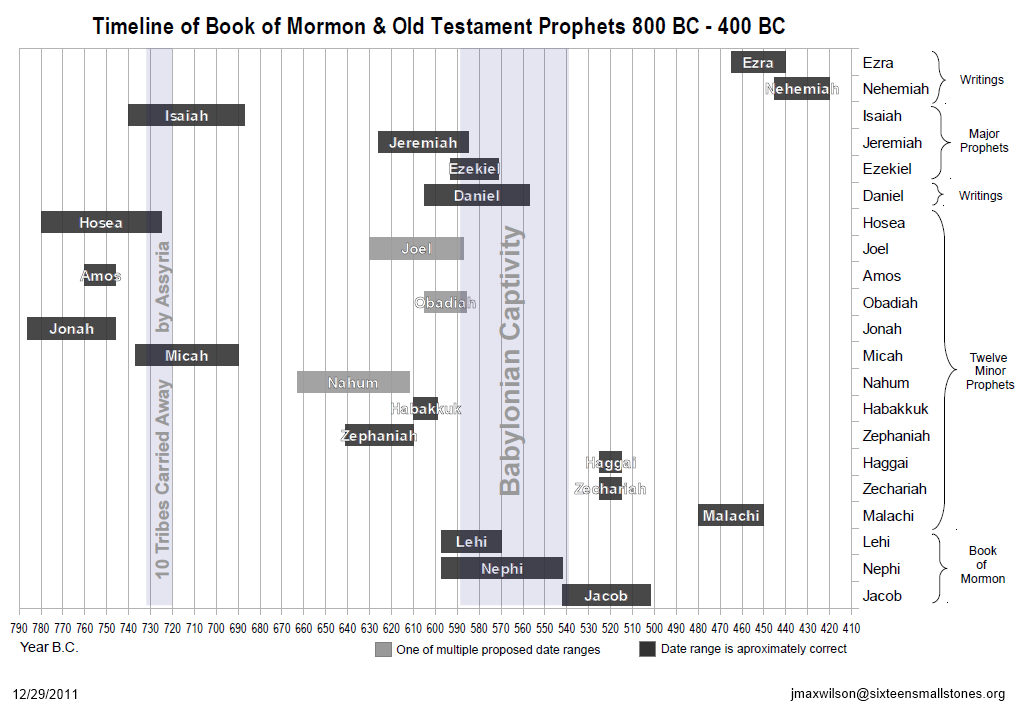This post should probably broken into a several different posts and published as a lengthy series, which was my original intent. However, I decided that I didn’t want to engage in any discussion of the content until the most of the series was available, and that is best achieved by just posting in two segments.
Part 1 of The Species of Unrighteous Dominion
 Introduction
Introduction
A year ago, I was sitting in the periodicals section of the HBLL library reading my social psychology textbook. It was the beginning of the semester, and I had just opened my book for the first time. The author started the book with this compelling argument for the power of social context:
To illustrate social psychology at work, try this exercise. Take a clean piece of paper, and fold it in half the long way. Now open it up, and fold one top corner down to meet the center crease. Then fold the other top corner down the same way. Now fold the paper in half again along the center crease. Fold one of the long sides backward to the outside of the crease, making another fold parallel to the center one. Flip the paper over and repeat this last step on the other side. What is this shape? What does it look like?
If you are like most readers, you have probably read this far and not done what I just asked you to do, you are reading on ahead to see if it is really necessary to put the book down, find a piece of paper, think through each instruction, fold the paper, and so on. No one will know whether you do it or not, so why bother until you find out if you really have to? You are especially unlikely to have followed these instructions if you are sitting someplace where other people can see you.
Now, try a thought experiment: compare your reactions to those of students in my social psychology classes. In large and small classes alike, to a person, they all obediently take their pristine course syllabus, fold it in half, fold down the top corners, and construct … what? A paper airplane.
I never quite have the nerve to ask my students to take off their shoes and put them on their desks, or to stand up and face the back of the classroom and wave at the projection booth, but I suspect they would probably comply. Why? Would they normally take off their shoes and put them on the desk in front of them? Would they normally fold their syllabus into a paper airplane? Then, why do they do it, semester after semester, year after year? … And why did you not fold the paper airplane when I asked you to?
The author of this textbook, Susan Fiske, didn’t need to know anything about my personality, my history, or my goals and ambitions to be able to precisely predict my reaction to the text. All she needed to do was correctly guess my social context. She uses this example to illustrate the power of social context in unlocking the key to predicting (and, perhaps, manipulating) human behavior. Continue reading →


 Introduction
Introduction